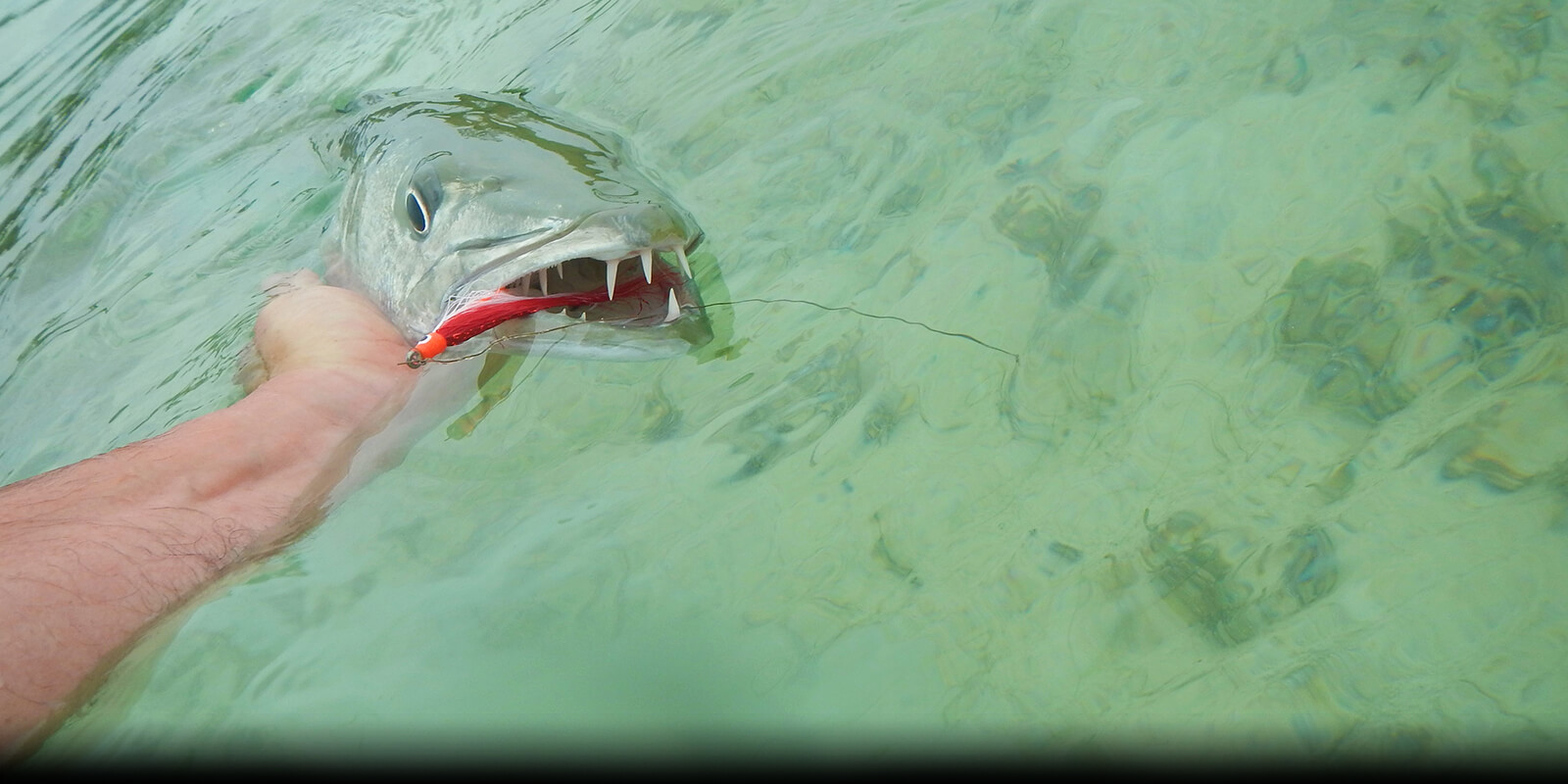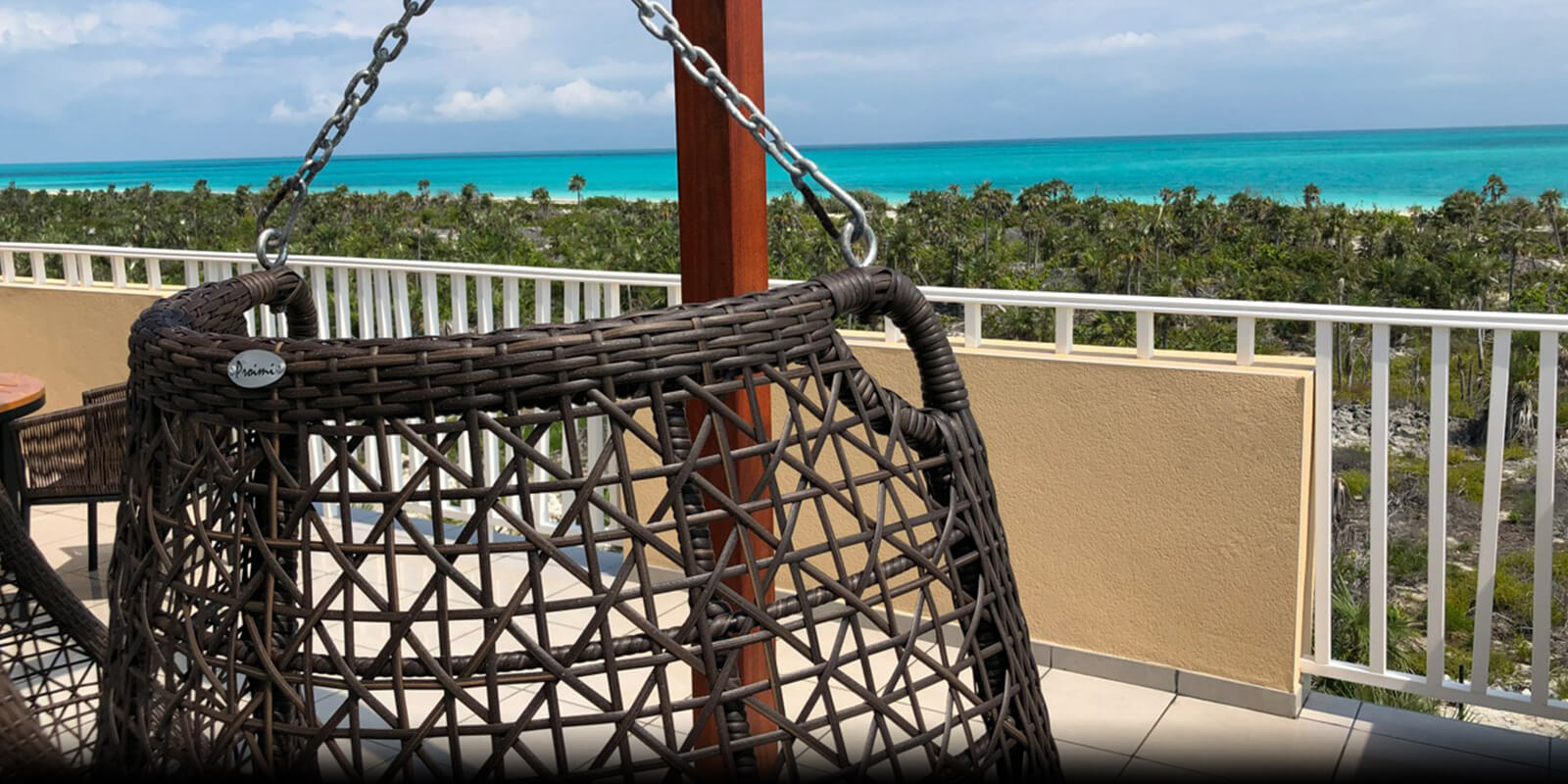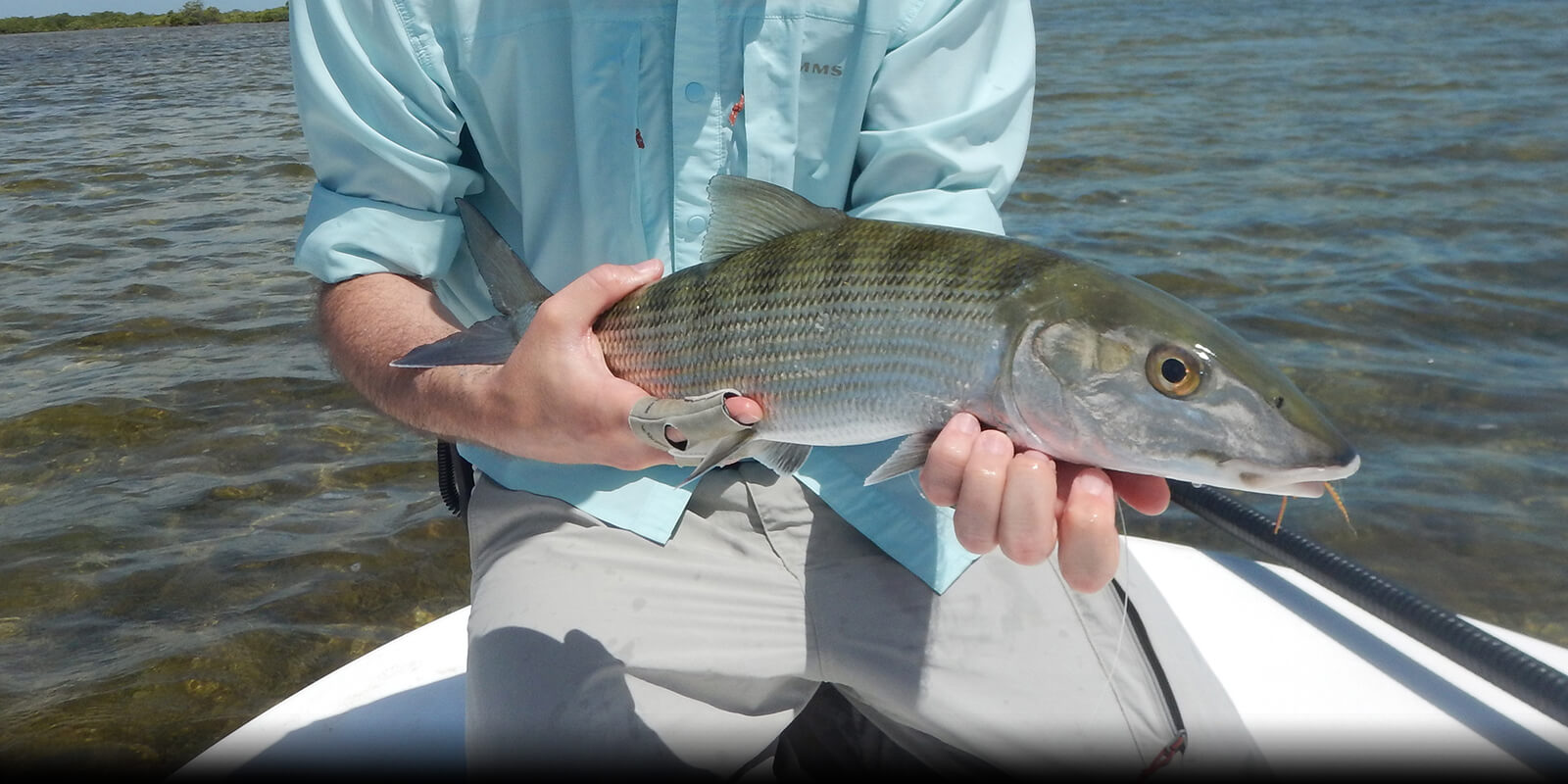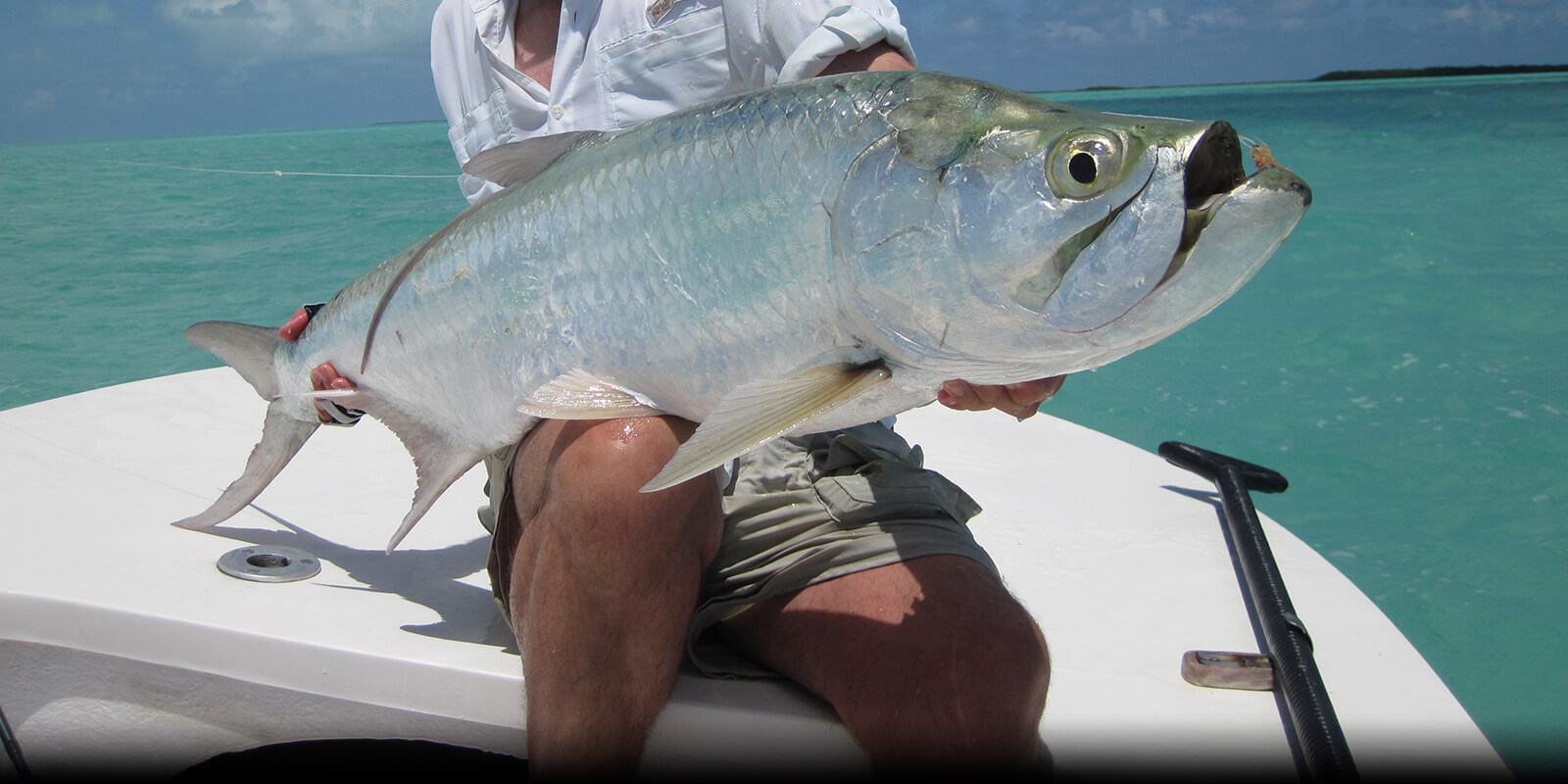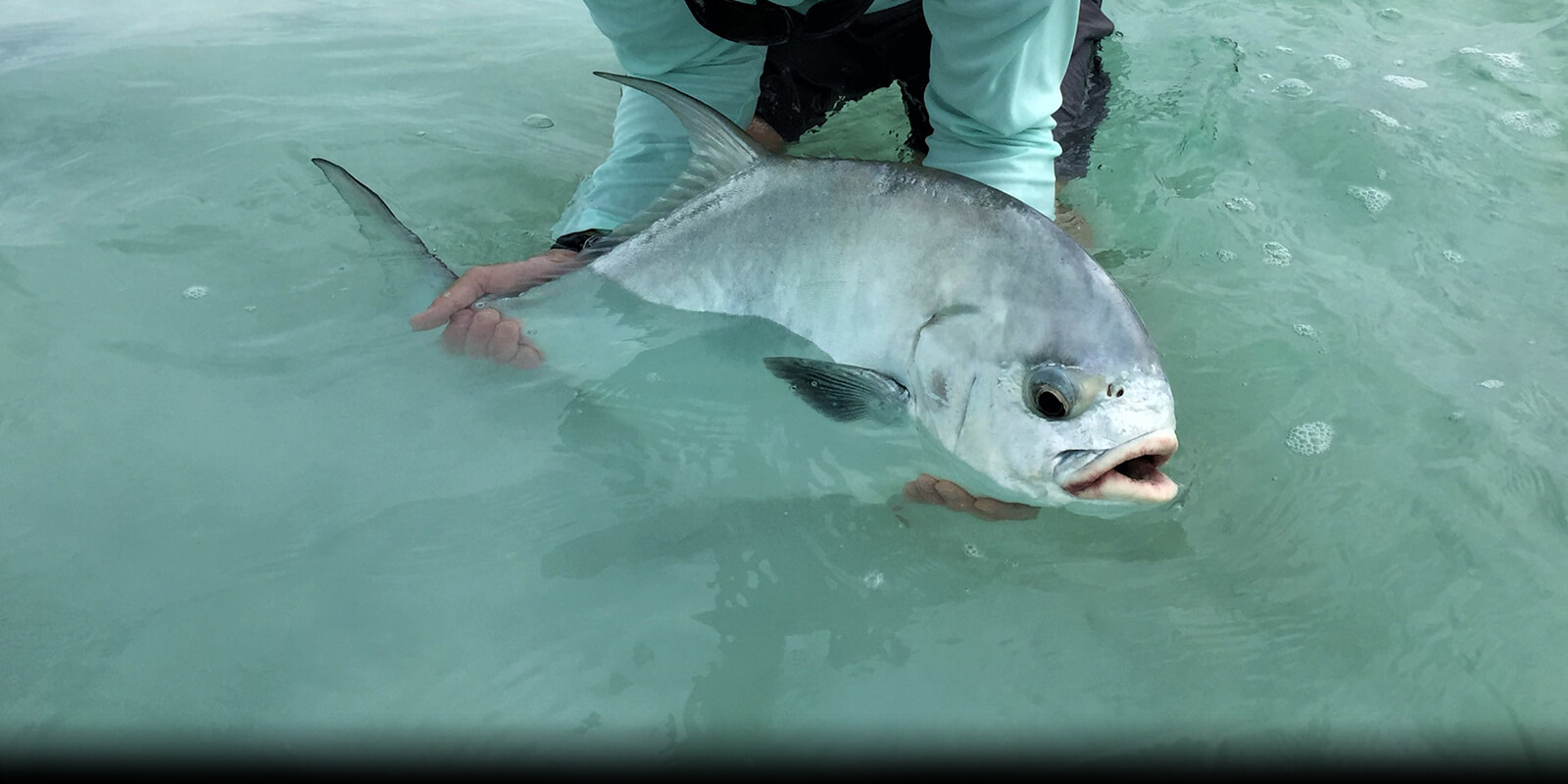Cayo Romano / Cruz
THE FISHING
The first thing that guests need to know about when considering this location, aside from the exceptional flats fishing that is found here, is that this is a relatively new fishery by traditional standards. It has only been in operation for seven years and until recently, has not seen many clients, particularly when compared to other locations in the Caribbean that offer this quality of fishing. The senior guides now have 6-7 years of experience and the level of improvement, even from just a couple of years ago, is really quite remarkable. What was once a weakness at this operation is now a strength. The guides are good and they know the fishery.
The boats depart from Cayo Cruz each morning and depending on the guide rotation that day, you may be heading to any number of areas to spend the day. From Cayo Paredon Grande in the north to Cayo Guanaja in the south, there are countless islands, lagoons, and bays that will keep anglers happy and into fish. Much of the fishing takes place back towards the mainland, in and around the massive island of Cayo Romano. The average boat run to the fishing areas is about 20 minutes in length and you can be into fish within 5 minutes of leaving the boat docks. It just depends on where your guide wants to take you that day and what you are interested in targeting. With 50 square kilometers per boat, the options are just about limitless. There are so many great aspects to this fishery that it can truly be a sensory overload at times.
The flats are an inviting combination of hard-packed white sand and a semi-firm mottled bottom that still provides good wading. And what a place this is for those who like to wade. It’s very similar to Los Roques in terms of the amount of area that’s wadable and there are places here where you can wade for 4 straight hours without heading back to the boat.
The average-sized bonefish is a healthy 4 pounds and during the course of the week, it is not unheard of for guests to land a fish or two in the 10-pound range. Tailing bonefish are common and guests can expect to see bonefish in singles and doubles, all the way up to schools of several hundred fish. What really sets this location apart from so many other fisheries is that guests can expect to encounter and get shots at good numbers of permit each day. There are very few places on earth where guests can fish for big bonefish each day and get shots at tailing permit. This combination may take place in other locations but not with the consistency that is virtually guaranteed at Cayo Romano. It is a rare day when you don’t encounter and get shots at permit. The permit will range in size between about 8 and 30 pounds.
There are two locations within the Cayo Romano that offer very good tarpon fishing and both are about an 80-minute boat ride from the Cayo Cruz boat launch. The guides tend to save these areas for when an angler has already boated a permit and is looking for a Grand Slam. These fish will range from 30 to 90 pounds.
The exception to this is in late April and May when the migrating tarpon come close to the mainland to feed and spawn.
BOATS AND EQUIPMENT
The skiffs operating at Cayo Romano/Cruz are Mitzi brand skiffs, manufactured in the United States. Each skiff has a poling platform for the guide along with rod holders and very generous storage space, located at both the front and back of the boat. The casting platform is large and offers lots of space for those anglers who like to move around a bit while standing on the bow of the boat. Constructed from a very light fiberglass mold, these skiffs are ideal for the several miles of shallow water flats that anglers will find here. Drawing less than 6 inches of water, the skiffs are powered by very reliable 40 HP Yamaha two-stroke engines.
GETTING THERE
Guests will fly either fly into Havana or Cayo Coco, where you will be met by a Slipstream Angling representative as soon as you clear customs. If you are coming in through Havana, you will be driven into downtown Havana where you will spend the night enjoying the sights and sounds of this dynamic city. The next morning, guests will travel the 7 hours to Cayo Cruz in an air-conditioned van. If you are flying in through Cayo Coco, guests will board the waiting bus for the 50-minute drive to the hotel in Cayo Cruz.
Slipstream Angling is a full-service travel company and can handle international airfare, Cuban Visa applications, as well as a host of other services relating to your trip. Please contact us directly at 1 866 644-7703 if you’d like assistance.
RATES FOR 2024
Low Season : Dec 30 (2023) – Feb 17th (2024) and July 13th – Dec 28 (2024)
$3,990 USD DBL
High Season : Feb 17th – July 13th 2024
$6,790 USD
Please contact our office directly for Single Supplement pricing and availability.
- HAV - Havana
- November 1 to August 30
- Bonefish, Permit, Tarpon…
- 14 rods / week guests
- Wifi: Yes
- Language: Spanish/English
- Physicality: Low
- CC Payment at Facility : Yes
Cayo Romano / Cruz
Tour Location
LOCATION
PRIMARY SPECIES
SEASON OF OPERATION
ARRIVAL AND DEPARTURE LOGISTICS
ACCOMMODATIONS
When fishing Cayo Romano/Cruz, guests will stay at the Iberostar Coral Esmeralda Hotel. All single and double occupancy fishing guests are booked into the Coral Junior Suites at the hotel. The rooms are large and spacious and situated on the ground floor, with pool or garden views. Each room has A/C, satellite TV, mini fridge and private bath. The hotel has three speciality restaurants (gourmet, Mediterranean and creole) and a good selection of Rum and Havana cigars at the Cigar Bar. The facilities at the Iberostar Selection Esmeralda also include a day spa with Jacuzzi, sauna and massage service.
DESTINATION CAPACITY
Cayo Romano / Cruz
Cayo Romano / Cruz
INCLUDED IN PRICE
- 7 nights at the Hotel on Cayo Cruz (dbl occupancy)
- 6 days of guided fishing, shared skiff
- All meals
- Alcohol
- Cuban sport fishing license
- Comprehensive pre-trip information package
NOT INCLUDED IN PRICE
- Transfers, hotel in Havana, meals in Havana IF NEEDED
- Round trip Transfers from Havana to Cayo Coco
- $300 USD Conservation Fee
- Fishing gear
- Gratuities to hotel staff and guides
- Mandatory Cuban Medical Insurance Policy as of May 1, 2010
ADDITIONAL INFORMATION
- Credit Cards and debit cards are not an option at this location. Cash is essential to pay for bar tabs, guide and staff gratuities.
- Electricity is both 110 and 220 volt - Get your cigars in Havana because there is nowhere reliable to buy them in Brasil.
TRAVEL DOCUMENTS REQUIRED
- A valid passport that does not expire for at least 6 months after your departure from Cuba
- A Cuban Entry Visa.

